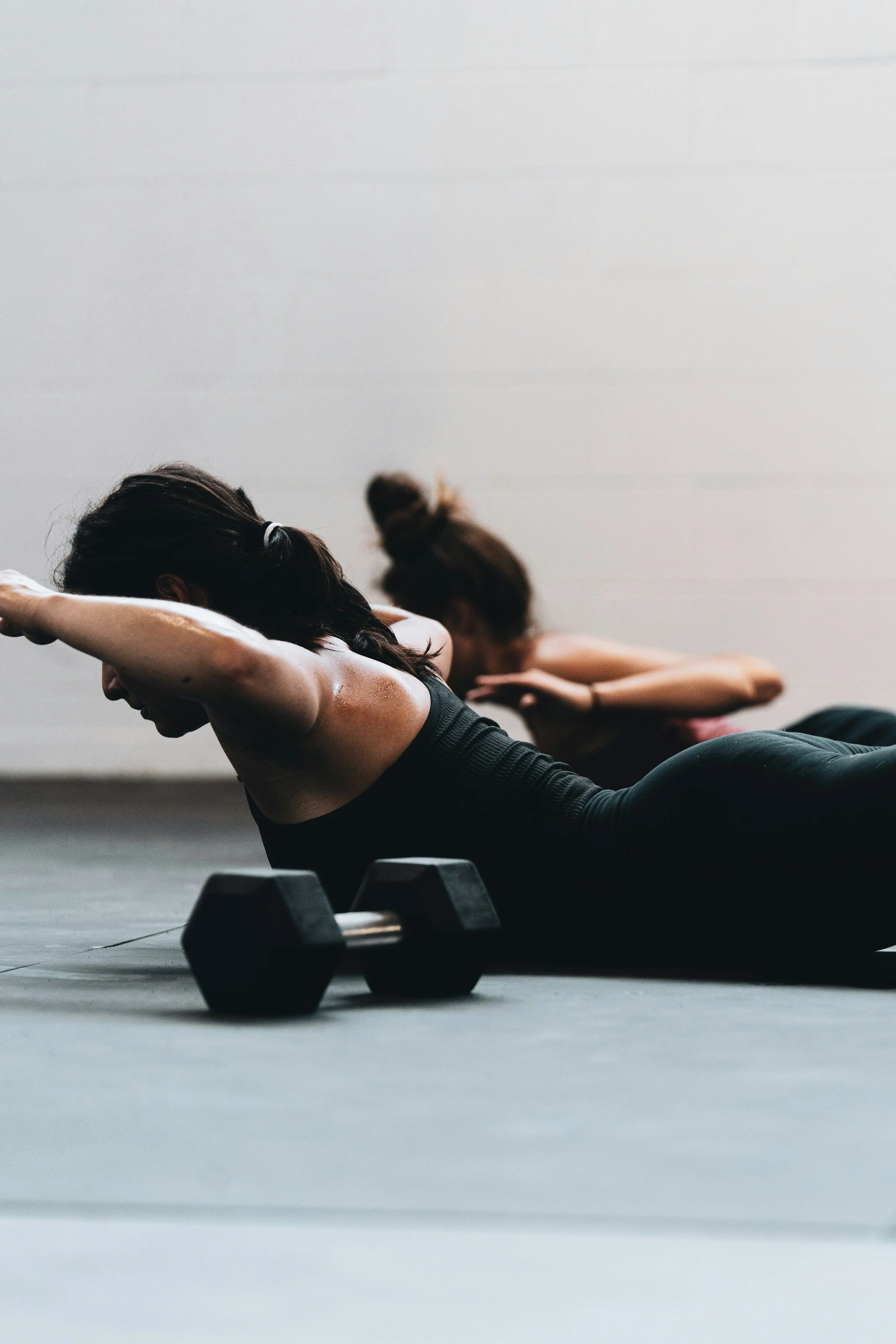
Most people start training because they want to look different. That is a natural beginning, but chasing an image often becomes a distraction from what truly matters.
Trying to get back the body you had in your twenties, the fitness you felt before children, or the shape you remember before stress and injury only keeps you stuck in comparison. Progress slows when the goal is to recreate the past instead of building what is possible now.
At EPT we focus on something different. Training is about creating the capacity to live fully today while preparing for the life you want next.
Strength is Capability First
Muscle changes appearance, but more importantly it changes what you can do.
Carry your kids with ease.
Work long days without crashing.
Travel and stay active without worrying about your joints.
Move with confidence and feel in control of your body.
These outcomes are the real measure of strength. They come from structured progression, consistent training, and systems designed to improve how you function in everyday life.
Stop Comparing to a Past Version of You
The season of life where you could train five days a week without competing responsibilities is not coming back. That is not a loss. It is a shift in priorities.
The focus now is on building a body that performs inside the reality you live today—stress, career demands, travel, sleep challenges, and everything else that comes with it. This is not about lowering your standards. It is about raising the quality of your strategy.
Aesthetics Still Matter, But They Are Secondary
Wanting to look better is not a problem. The problem comes when appearance becomes the only marker of success.
Visible abs and numbers on the scale are surface outcomes, not true performance indicators. The clients who achieve the biggest transformations are those who chase milestones like new strength levels, improved mobility, and consistent energy. When you do that, the aesthetics follow.
Training Must Evolve With You
What worked in your twenties may not be right for your thirties, forties, or fifties. That is not because you are broken. It is because your life is more complex.
An effective program today should account for total stress, nervous system state, time efficiency, joint health, and sustainable progress. The goal is not to compete with your lifestyle but to strengthen it.
Your best training years are not behind you. They begin when you stop trying to recreate the past and instead focus on building the future. Progress comes from training that meets you where you are now and takes you where you want to go.


